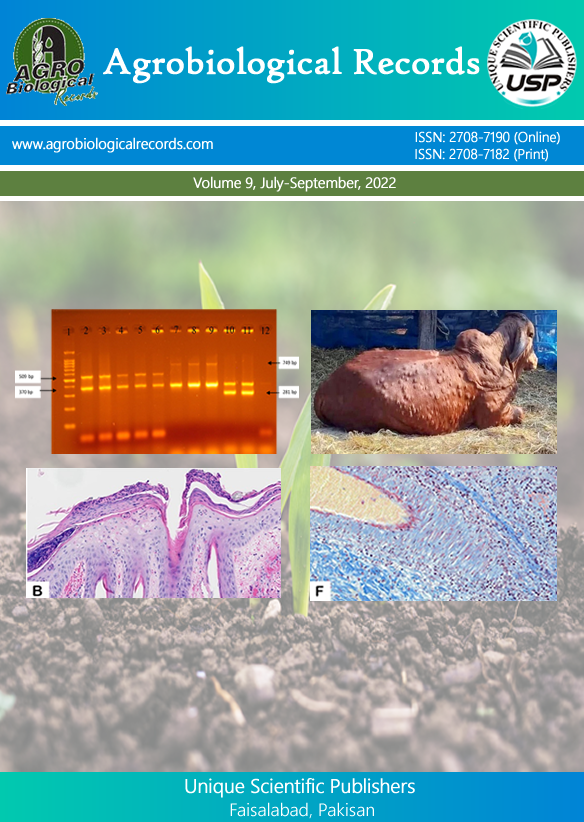
Sara Rauf 1, Aniqa Shahid2, Muhammad Faizan2, Muhammad Nouman Khalid3* and Ifrah Amjad3
1Department of Botany, University of Agriculture Faisalabad, Pakistan 2Department of Biochemistry, University of Agriculture, Faisalabad, Pakistan 3Department of Plant Breeding and Genetics, University of Agriculture, Faisalabad, Pakistan
*Corresponding author: noumankhalidpbg@gmail.com
This review paper explores the dynamic landscape of genome editing, with a primary focus on the revolutionary CRISPR/Cas technology and its potential to reshape the fields of biology, medicine, agriculture, and biotechnology. The paper is organized into six sections, each delving into essential aspects of CRISPR/Cas technology and its applications. The "Introduction" sets the stage, providing background information on genome editing and the emergence of CRISPR/Cas technology. It also defines the purpose and scope of the review, emphasizing the profound impact of this technology on the scientific community. The "CRISPR/Cas Mechanisms" section dives into the intricate workings of the CRISPR/Cas system, covering key components such as guide RNA, Cas proteins, PAM recognition, and donor DNA. It elucidates the mechanisms of DNA targeting and cleavage, highlighting the precision and versatility that have made CRISPR/Cas a transformative tool in genome editing. "Applications of CRISPR/Cas in Genome Editing" explores the wide-reaching impact of CRISPR/Cas technology, from its use in model organisms for gene function studies to its therapeutic applications in human health and its implications in agriculture and environmental conservation. In "Challenges and Limitations," the review addresses critical issues in CRISPR/Cas technology, including off-target effects and specificity, ethical and regulatory concerns, and technological limitations. It offers insights into ongoing efforts to mitigate these challenges. The "Emerging Techniques and Technologies" section discusses cutting-edge nnovations, such as base editing, prime editing, CRISPR screens, functional genomics, multiplex genome editing, and synthetic biology. These emerging technologies expand the genome editing toolkit, paving the way for precise and versatile genetic modifications.